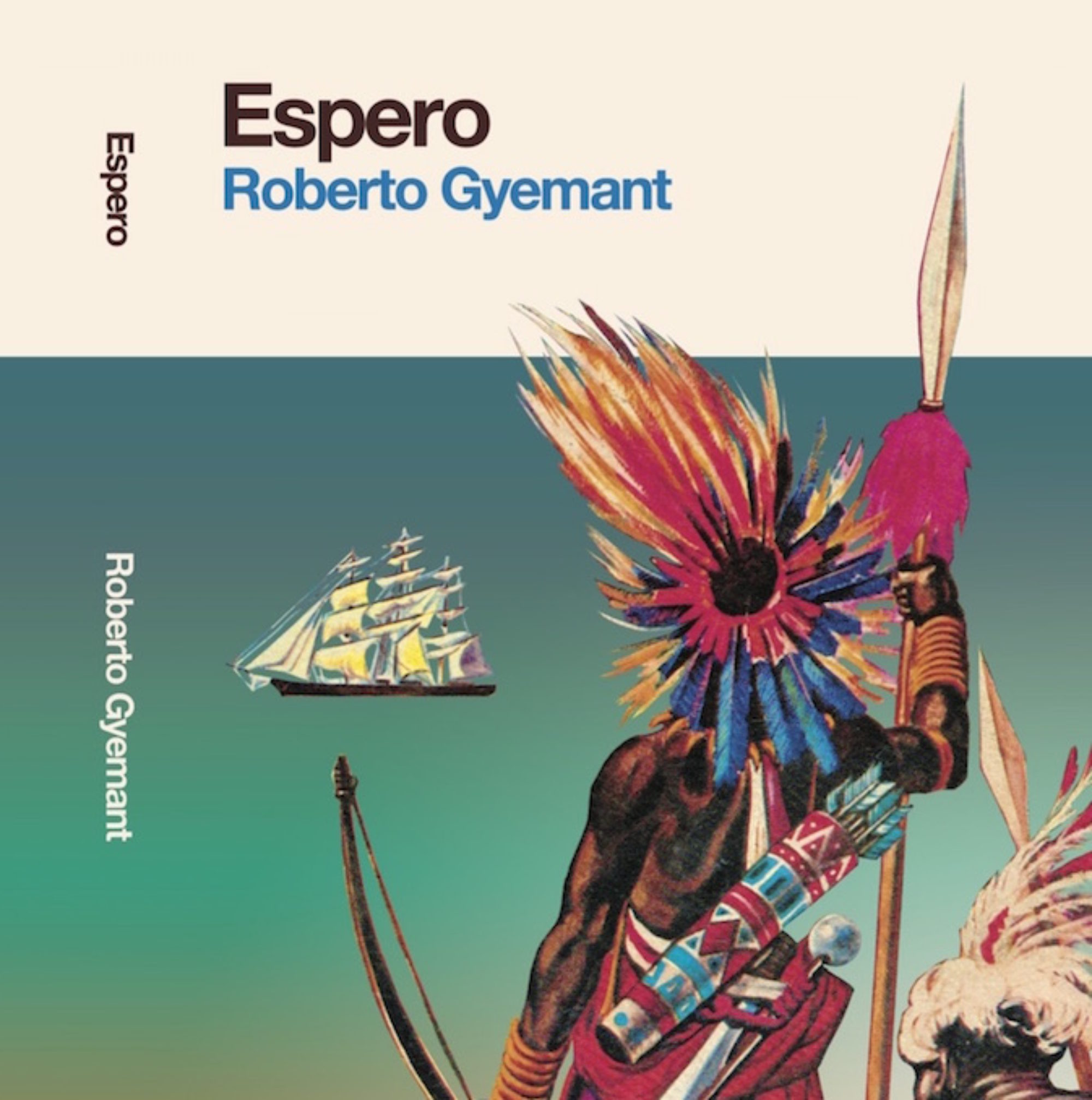Everybody knows Celia Cruz. La Lupe is currently having a moment. But despite male domination of the music industry and most of the singing jobs, there were a good number of excellent Soneras and Guaracheras during the classic decades of AfroCuban Jazz and Dance music, in Cuba and outside of it.
- Solinka ( de Panamá) – Solinka is a Panamanian Guarachera who found herself crowded out of the live music scene in late 1960s Panama by an abundance of Male singers. Per her documentarist (and reknowned Panamanian Film Scholar) Edgar Soberón Torchia, “Her agent decided to send her abroad, to Ecuador and Perú in South America to try her luck. It was in Perú where she became a sensation as a salsa entertainer. An enthusiastic journalist wrote that her performance was as bright as a “sol inca” (Inca sun), a moniker that she adopted as her artistic name.”

Here is Solinka singing “Arroyo Traicionero” ca. 1975 backed by Bush y Su Nuevo Sonido (Bush was co-owner of the Epoca label):
Note that the song was written by Graciela Arango de Tobón, a Colombian composer who got her start in a National Songwriting contest sponsored by the Philips label in 1965. Arango, who also composed hot Cumbias and Guarachas like “Por Las Buenas” and “Don Goyo (Este Muerto No Lo Cargo Yo)”, went on to win first prize at the Festival de Viña del Mar in 1973, and was later (1976) named “Compositora de las Américas.”
2. Canelita Medina – In addition to sharing cultural similarities, Venezuela has always been close to Cuba, both geographically and sympathetically. In 1958 when Batista fell, the streets of Caracas were packed with joyous revelry. Venezuela has been fertile soil for the AfroCuban music complex since at least the 1920s.
One of the points that I am struck by regarding the history of AfroCuban musics is the interconnectedness of the Urban Caribbean (which includes NYC) – brilliant musicians like the Boricua Rafael Hernandez and Cuban Machito in NYC, Jamaicans in Eastern Cuba, Panama and NYC, Cubans in Puerto Rico, Mexico, Panama and Peru, etc.
A case in point is the great Puerto Rican (bandleader, composer, pianist) Noro Morales, who was a Mambo King in NYC, before the Big 3 of Machito and the two Titos ruled in the ’50s. Max Salazar said of Noro “…after 1945, Morales’s main rival as a bandleader was Machito. During this period, Noro’s band was paid the highest compliment an orchestra can get: where Morales and his group appeared, musicians from other bands would come just to watch the performance. That was what Tito Puente, Tito Rodriguez, Charlie Palmieri, Hector Rivera, Lou Perez, Pete Terrace, Frankie Colon, and Ken Rosa did on many occasions.”
Noro moved with his musical family (every child played an instrument, his father directed) to Venezuela in 1924 to serve as dictator Juan Gomez’s house band. He lived and played there until 1930, when the family moved back to PR, and even after moving to NYC in 1935 used to have people bringing him arepas and cachapas back from Caracas via plane in the ’40s and ’50s.
Canelita got her start in the late 1950s with the Sonora Caracas in what was a bubbling nightclub scene, later singing with Victor Pinero’s Caribes and Los Megatones de Lucho.

While she would go on to sing with Federico y Su Combo and her own group as well as the internationally known Sonero Clasico del Caribe, the following song (“No Le Digas Na”) has her singing with Cheo Palmar’s group Las Estrellas Latinas which band also featured singers such as Calaven, and underappreciated Venezuelan Sonero Joe (Joe-eh) Ruiz (look up his work with Grupo Mango, you won’t be disappointed).
(if you end up listening to this song millions of times, I understand. I have listened to it 59.7 billion times.)
Here she is doing a stunning version of Willie Colon’s “Guajira Ven” from her 1979 LP Sones Y Guajiras:
